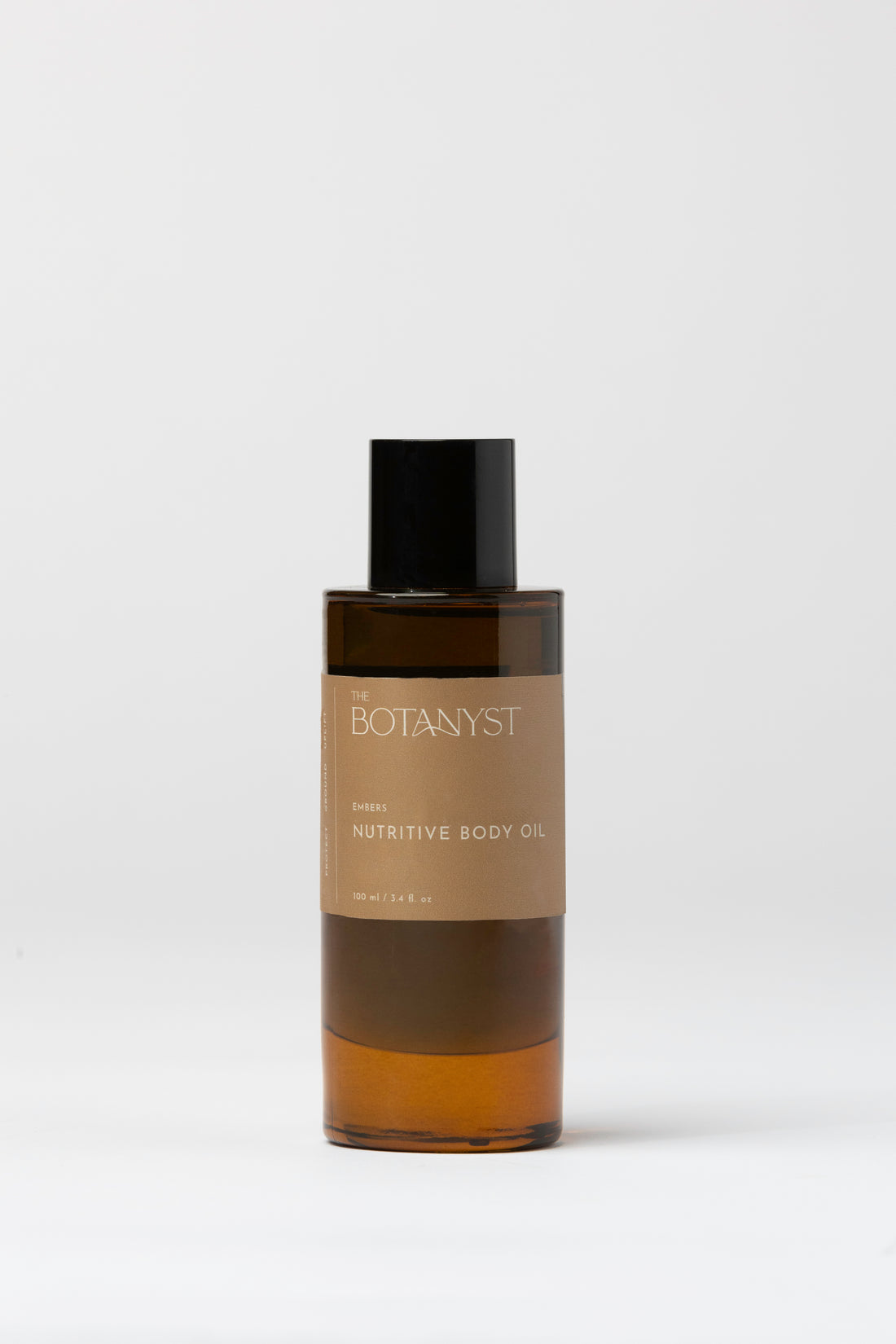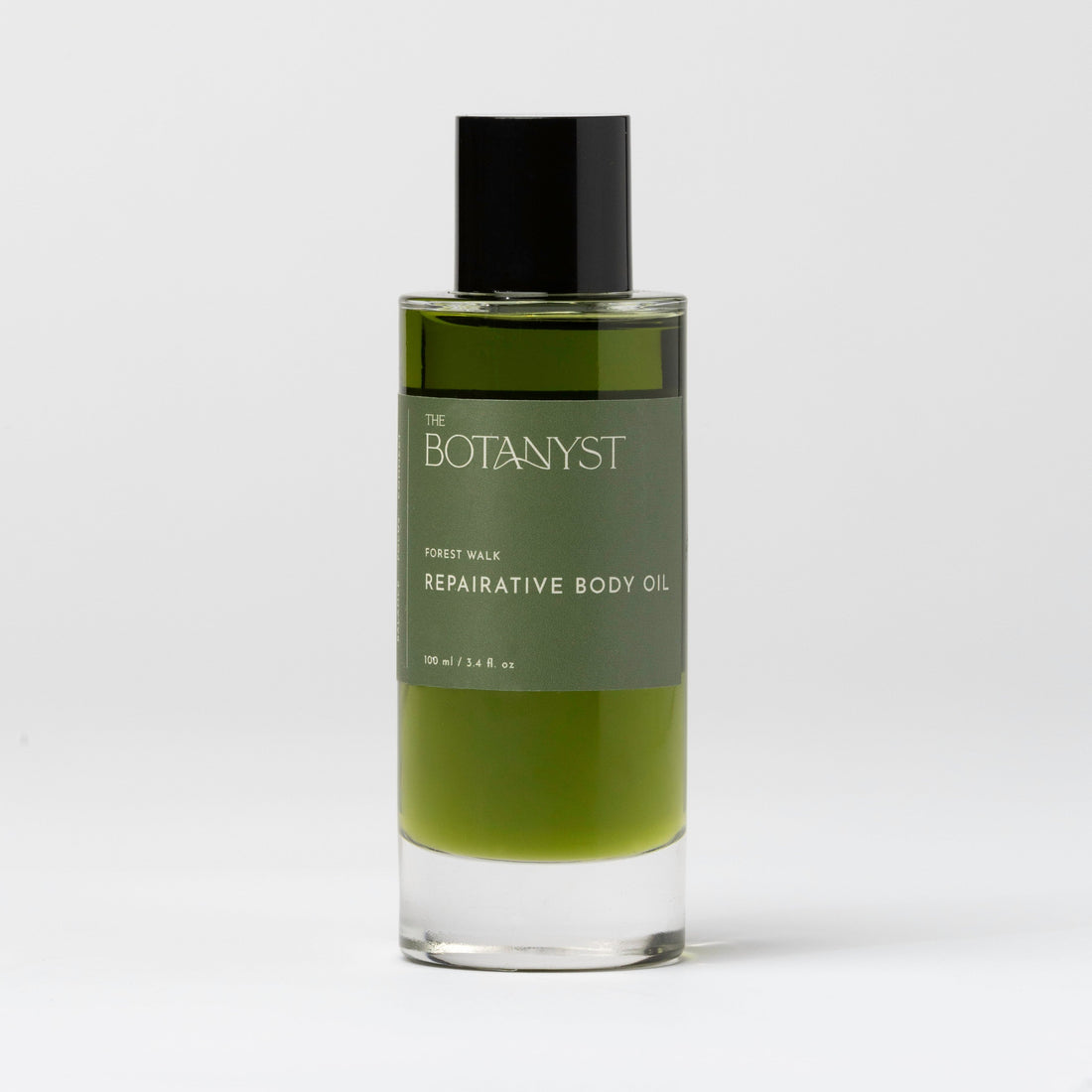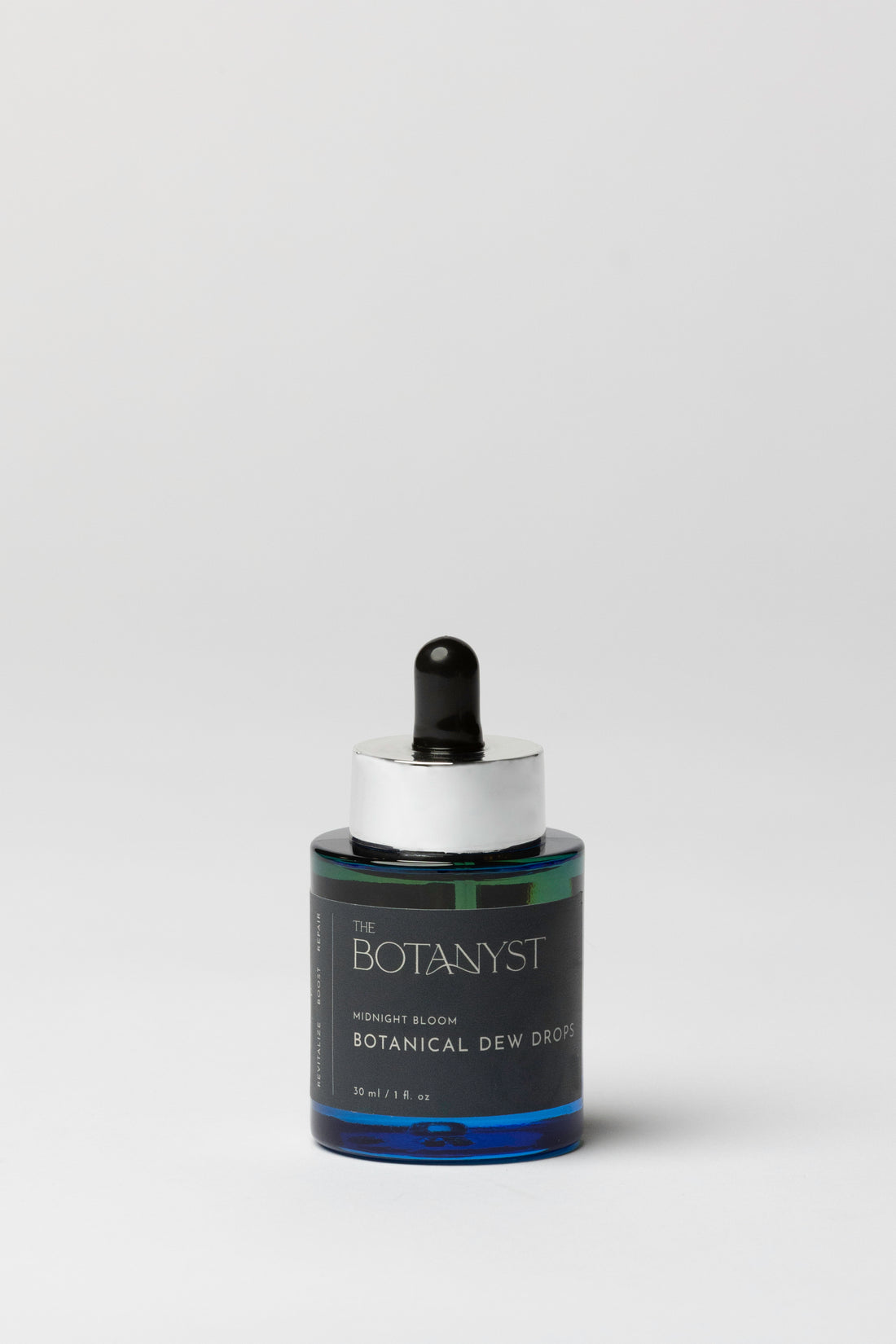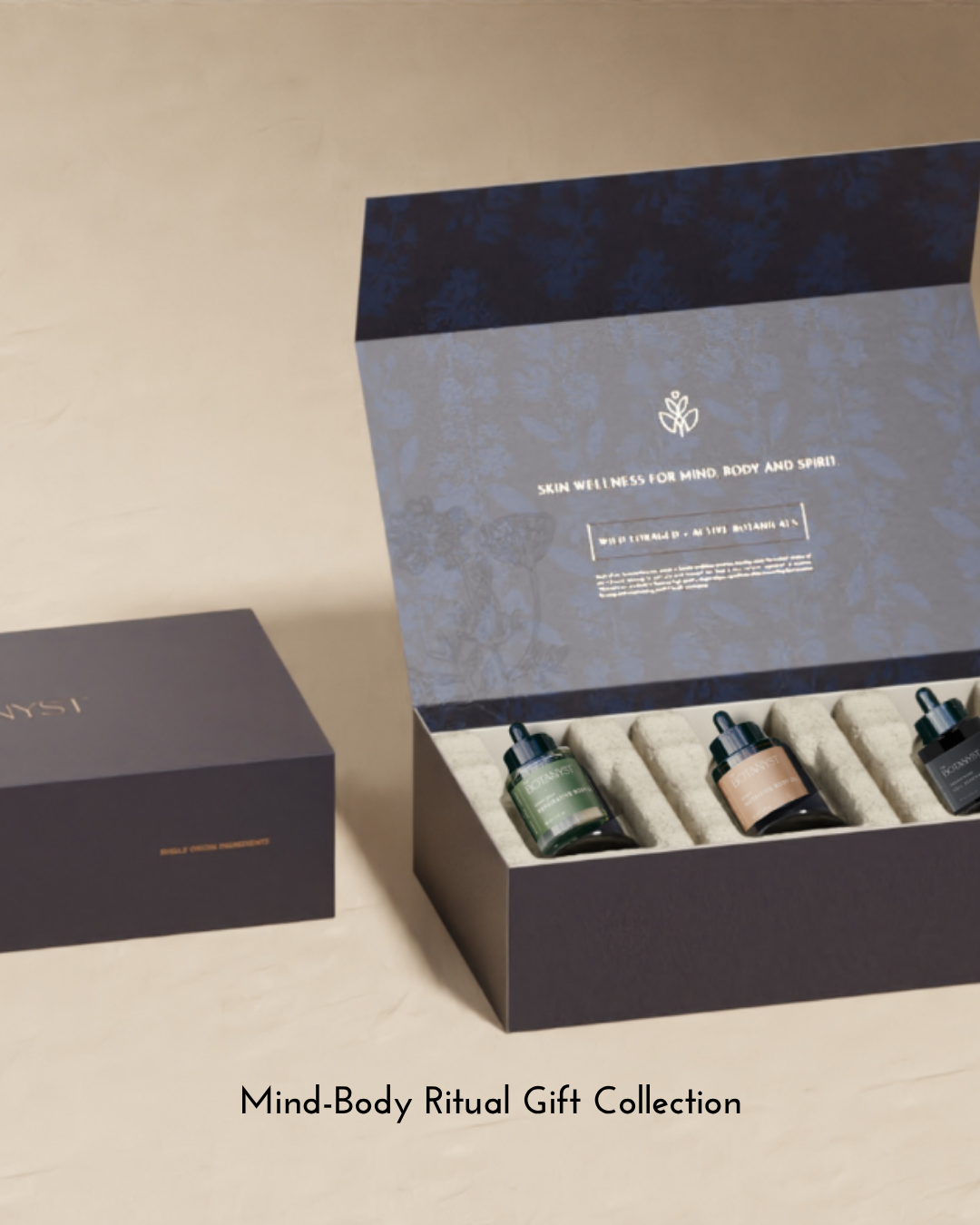The concept of living sustainably goes back in time to ancient cultures and tradition. Where mindfulness for using natural resources in a way that promoted the environment’s capacity to continue to support the livelihood of its people was first and foremost.
The modern use of the term sustainability was popularized in the late 1980’s by a report issued by the UN Commission on Environment and Development. The report defined sustainable development as:
Meeting the needs of the present without compromising the ability of future generations to meet their own needs.
Per Wikipedia, from Our Common Future, 1987
Sustainability is a broad topic and can be viewed through the lens of human, social, economic and environmental impact. It can be achieved in a variety of ways and can look very different from one person to the next - depending on the season of life you are in, where you live and what the economic and social constructs and constraints of your environment may be.
Join us at THE BOTANYST for a Q&A with designer, Lauren Golik who creates gorgeous, sustainable packaging with you in mind.
Understanding your sustainable beauty choices.
Q
Let’s start with some myth busting!
What are some misconceptions that we might have about how to be environmentally responsible as a consumer?
A
For a long time, consumers were told that it was okay to use lots of single use plastic because it was being recycled. Most people think a recyclable item is a sustainable item, but less than 10% of plastic packaging is actually getting recycled.
There are lots of reasons that things don’t get recycled, but here are a few of the most common reasons:
-
Mixed materials: Any package with lots of parts made from different types of materials isn’t economically viable to recycle. It would require each part to be separated and sorted by material type, so these automatically get routed to landfill.
-
Non-valuable plastic type: Only a few plastics have well-established secondary markets for recycling resin. All the others could in theory be recycled but won’t be because there’s no market to sell them or no value to the resin.
-
Flimsy plastics: Any flimsy plastics, like a pouch or a bag, will not get recycled because they’re too difficult to clean, and sometimes have multi-layers of different material types, so these are also destined for landfill.
The other big misconception is around biodegradable or compostable plastics. Most of these plastics will only break down in an industrial composting facility, not in a natural environment. With only 4% of Americans having access to municipal composting, there isn’t really a viable waste stream for these types of plastics other than landfill. On the plus side, these plastics are often produced from plants rather than petroleum, so they are less impactful to produce.
If you want to learn more, I highly recommend this article about the realities and economics of recycling.
Q
Do you have any tips or tricks on how to better navigate recycling? Are there certain things we can do to improve the chance of packaging getting recycled?
A
Yes! The biggest thing is knowing which materials are most likely to get recycled. Glass and aluminum are valuable materials that have really high rates of recyclability. Clean, dry cardboard also will very likely get recycled. As for plastics, PET (1) plastic and HDPE (2) plastic are the most recycled plastic types, so if you’re placing those types of items in your bin, there’s a really good chance they will make it through.
For hard to recycle items with mixed materials (basically almost any beauty product!), the only way to ensure they won’t end up in landfill is to drop them in a drop box or mail to a specialized recycling company like Terracycle or Pact.

Lauren’s Tip:
Tour your local MRF (Material Recovery Facility). It might not sound like the most exciting way to spend an afternoon, but it’s totally eye opening.
Image source, Unsplash

Image credit: Lauren Golik
Recycle symbols on plastics, ranging from most to least recycled type.
Q
How are you as a designer taking these challenges for the consumer into account?
A
When I’m designing a sustainable package, the first thing I determine is whether it will be Ephemeral or Durable.
Ephemeral means that it will be discarded after it’s done being used. Durable means it can be refilled and reused multiple times.
The way I would approach design is totally different depending on which bucket a package falls into. The vast majority of packages are ephemeral, or single use, but more and more brands are starting to consider durable options.
Q
What are brands doing to make sustainable choices easier for us to make?
A
I love seeing innovation in formulas that reduce the need for packaging. For example, a solid bar format for a product that would traditionally be a liquid, reducing the need for a plastic bottle. I’ve been seeing lots of solid shampoos, and even some things like face serums coming in solid formats.
There are also lots of water soluble pods in the cleaning space and personal care space, which can be packaged in paper instead of plastic. I worked on all paper packaging for a brand called Sunrise Session that makes personal care pods, and it was really exciting.
Concentrates are another very smart way to reduce packaging and weight. With concentrated formulas, the consumer typically mixes with water at home to create the usable product. Again, we’re seeing these a lot in the cleaning and home space, as well as personal care.
I also am very optimistic about the increasing prominence of durable packaging and refills. As I referred to above, this essentially means that a package is designed to be used multiple times, rather than single use. I’m especially excited about circular models where the brand owns the package, and the consumer “rents” the package, before returning it to the brand to clean and refill for resale. When a brand owns the package, it takes the responsibility off the consumer to find a way to responsibly dispose of the package.
Q
Ok, so what’s the most significant innovation you have seen in this space that truly has you excited?
A
I worked on a brand called Ace of Air that completely challenged all standard packaging conventions. It is one of the best examples of durable packaging on a circular platform. The entire packaging system was designed without plastic, which was a feat considering that we were working on vessels that hold liquid and needed to be airtight. It was truly inspiring to be part of the development of something that was so groundbreaking.
Image credit: Lauren Golik









